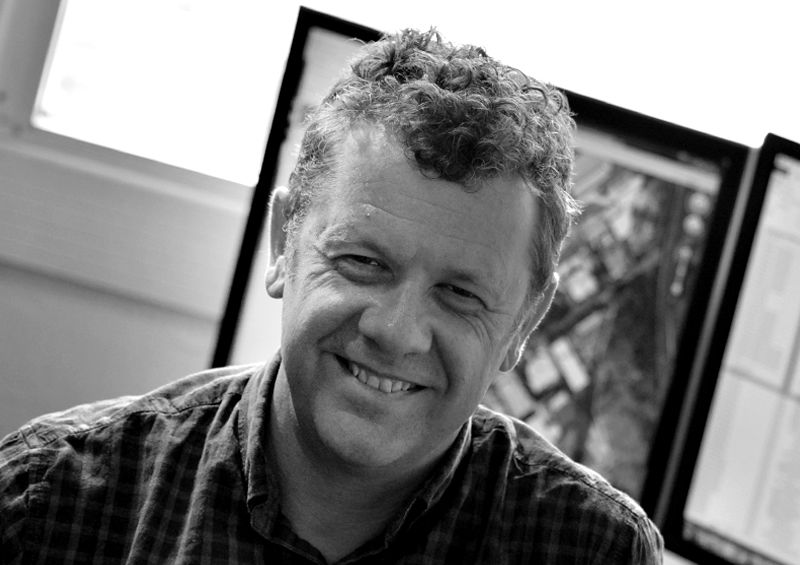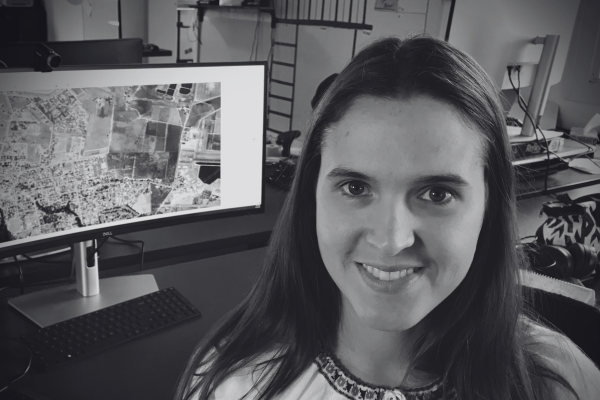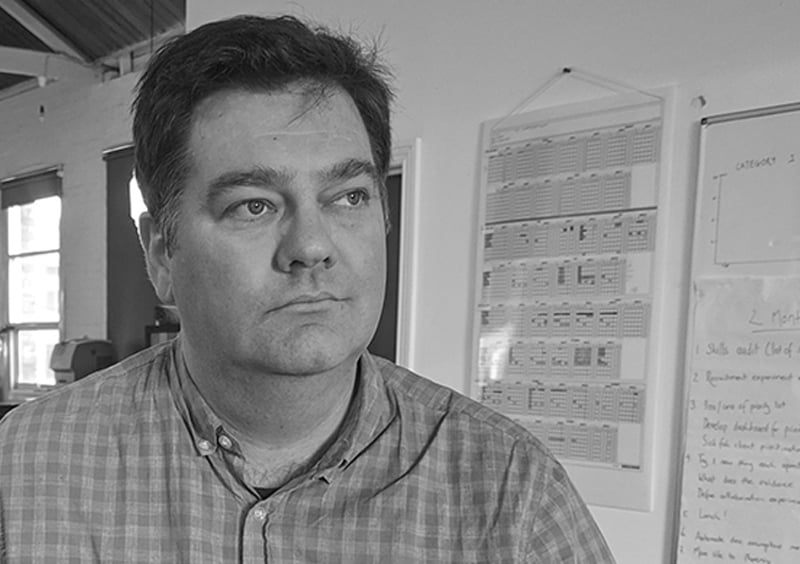The population and housing forecast for Illawarra and South Coast
SA4s in region:
- 101 - Capital Region
- 107 - Illawarra
- 114 - Southern Highlands and Shoalhaven
Published: March 2024, October 2024, November 2024
Version: 5.1.0
Read forecast analysis and insights for the Illawarra and South Coast region from Australia's largest independent population forecasting team.
Detailed forecasts are available for this region
Our premium services give you detailed forecast information for this region to help you invest in the right place, at the right time.
- Forecasts by age and sex
- Single-year forecast periods
- Custom local area geography
- Forecasts of housing and development
Menu
Read the insights and analysis behind our population and dwellings forecasts for the Illawarra and South Coast region.
About the Illawarra and South Coast region
The Illawarra and South Coast region comprises three SA4s - Capital Region, Illawarra, and Southern Highlands and Shoalhaven. This region is forecast to comprise an 8.4% share of New South Wales' population growth by 2046.
The Illawarra SA4 is historically known for its coal mining industry and Port Kembla in Wollongong, which will serve as a future hub for green hydrogen. This SA4 is picturesque, straddled by both the Blue Mountains and coastal beaches. It is also home to the regional centres of Shellharbour and Kiama.
The Capital Region is the area immediately surrounding the ACT, and stretching to the Pacific Ocean. As such it has a dual function as an extension of Canberra (principally in Queanbeyan), and as an agricultural region.
The Southern Highlands and Shoalhaven SA4 is a largely rural area, with small townships dotted up the coastline, and a large expanse of National and State parks to the west of the settled coastal strip. The SA4 also completely surrounds the land borders of the Federally administered territory of Jervis Bay.
Subscribe to updates to be notified when new areas are completed.
Key findings
Illawarra
Over the forecast period, the Illawarra SA4 is projected to be home to approximately 419,000 people by 2046, this is a 105,000-person increase on its 2021 population of around 313,000 people. This SA4 contains around half the growth in the region by 2046. Most of this growth is concentrated in greenfield areas, the Wollongong CBD, and medium-density centres. More established suburbs within Wollongong, Shellharbour, and Kiama stay stable over the forecast period. Whereas greenfield areas surrounding established areas more than double in population.
In the Wollongong LGA the largest growth in population is seen in the suburbs of Avondale, Cleveland, Marshall Mount, and Yallah (Dapto-Avondale SA2). This SA2 grows substantially from around 24,000 people in 2021 to 60,000 by the end of the forecast period, with much of this growth occurring in the latter half of the forecast. This is due to the SA2 containing Stages 3, 4, and 5 of the West Dapto Release Area, and as stages 1 to 2 have been consistently building out it is assumed this trend will continue. Another area of growth is in the Wollongong CBD (SA2s Wollongong - East and Wollongong - West), a consistent trend of apartment dwellings being constructed with a healthy pipeline of approved apartments ensures a growth in population from around 32,000 people in 2021 to approx. 48,000 in 2046. As mentioned, Stages 1 and 2 of the West Dapto Release Area are currently underway in the Horsley - Kembla Grange SA2, which will see its population increase from around 12,000 in 2021 to 32,500 by 2046 - with much of this growth occurring midway through the forecast period.
Within the Shellharbour LGA the largest growth is again seen in greenfield areas, with the suburbs of Calderwood and Tullimbar (Albion Park - Macquarie Pass SA2) experiencing large amounts of growth in the front end of the forecast with master planned communities like 1881 Tullimbar and Calderwood Valley currently under construction. This growth does subside midway through the forecast due to developable greenfield areas being used up. Also within Shellharbour LGA is the Shell Cove Waterfront Precinct development (Shellharbour - Flinders SA2), with many of its apartment developments assumed to commence at the beginning of the forecast period.
The Kiama LGA sees stable low level growth through the forecast period, as many of these areas are already established and have limited opportunities for greenfield development. The majority of growth in this LGA is concentrated in the suburbs of Kiama and Kiama Heights (Kiama SA2), where there are opportunities for greenfield development and densification of the town centre.
Capital Region
The Capital Region is forecast to grow from 238,500 to approximately 292,000 - 54,000 people, at around 0.8% p.a.
There are 4 distinct patterns of growth in the SA4, with different drivers of change, and role and function.
The coastal towns (Eden, Merimbula, Bermagui, Narooma and Batemans Bay) in the Eurobodalla and Bega Valley LGAs will all grow modestly, as they all tend to have physical constraints making large-scale development difficult. These areas are also characterised by relatively high vacancy rates, reflecting their role as holiday locations.
The region also has a number of inland centres (Bega, Cooma, Goulburn, Yass and Young). These townships serve as the local centres for their surrounding areas and feature facilities such as schools, hospitals and local industry and are forecast to grow modestly, but at a faster pace than their surrounding areas.
The third typology in this region are the rural areas, which are either forecast to grow very little or lose population.
Finally, the areas immediately next to the Australian Capital Territory, and taking on the role and function of outer suburbs of Canberra are the greenfields growth areas of Googong, South Jerrabomberra (in the Queanbeyan Surrounds SA2) and, toward the latter part of the forecast period, the Ginninderry development, the NSW portion of approximately 5,000 dwellings falling in the Yass Surrounds SA2. These areas are expected to see quite rapid growth, although the Googong township is expected to complete its currently planned extent towards the end of the forecast period.
Southern Highlands and Shoalhaven
The population of this area is forecast to grow modest 49,030 people, from 160,722 to 209,753. This is a growth rate of 1.07% per annum. The largest growth is expected in the urban release areas of Badagarang, north of Nowra, and in the Ulladulla/Milton corridor.
Most of the settlements in the region are expected to grow, although provision of services (water, sewer) and environmental considerations may restrain progress.
The rural and coastal SA2s are also characterised by the high vacancy rates typical of rural and holiday locations.
What share of Australia's growth will occur in New South Wales?
Read our forecast results and analysis for New South Wales on the resources page. Watch the webinar recap or see a summary slide pack to learn what's driving growth in Australia, and each region of the state.
Forecast results
The following forecast information presents the combined numbers for Capital Region, Illawarra, and Southern Highlands and Shoalhaven SA4s.
Learn more about the different options to access these forecasts for Local Government Areas (LGAs), suburbs, custom catchments or the entire state or nation here.
| 2021 | 2026 | 2031 | 2036 | 2041 | 2046 | |
| Forecast Population | 313,990 | 335,484 | 356,660 | 377,719 | 398,619 | 419,344 |
| Change (five year) | - | 21,494 | 21,176 | 21,058 | 20,900 | 20,726 |
| Average Annual Change (%) | - | 1.33% | 1.23% | 1.15% | 1.08% | 1.02% |
| Forecast Dwellings | 129,913 | 138,542 | 148,700 | 158,968 | 169,325 | 179,836 |
| Change (five year) | - | 8,629 | 10,158 | 10,268 | 10,357 | 10,511 |
| Average Annual Change (%) | - | 1.29% | 1.43% | 1.34% | 1.27% | 1.21% |
1 national forecasting program.
6 ways to explore.
![]()
forecast.id
Plan for the changing needs of your community with a trusted forecast of population and housing in your Local Government Area, published in an accessible online tool.
![]()
forecast.id premium
Bring the full power of our National Forecasting Program into your organisation. We'll work with you to tailor a data partnership supported by briefings from our experts.
![]()
forecast.id partners
Our pay-per-download program gives our consulting partners instant access to reliable and respected forecast information on a project-by-project basis.
![]()
forecast.id hotspot report
Find a location near the people you serve with a tailored report that identifies up to ten locations with the highest number of people in your target demographic.
![]()
forecast.id location report
Whether you're investing in a new location or checking your current strategy is on track, forecast.id location reports quantify future demand around a known location.






.png?width=600&height=400&name=Meet%20the%20team%20%20Oliver%20Bowering%20(1).png)
